It was another evening in Palera, the coastal area near the harbor of Liznjan.
I was there to get my daily dose of meditation and healing through macrophotography and a bunch of pictures for a post to publish on Hive.
There is always something interesting to explore and photograph through the macro lens at this time of the year here in my area, so I always get at least a little more than I expect.
This is the Vicia sativa flower. Both photographs show the same flower. The one on the left was taken with the flash, while the one on the right shows the flower in natural light.
Vicia sativa, commonly known as the common vetch, is a very common plant here in Palera. I photographed these flowers many times. A few minutes later ...
... I noticed a plant with similar flowers that I don't remember seeing in this area.
This is the Vicia lutea ...
... commonly known as the yellow vetch or smooth yellow vetch.
There is always something new to come across while rambling around the fields and meadows in spring.
This small moth was resting on the big, elongated leaf of the tall Rumex crispus plant.
The scientific name of the species is Cnephasia incertana. It belongs to the Tortricidae. The larvae feed on a wide variety of herbaceous plants, which include different kinds of Rumex.
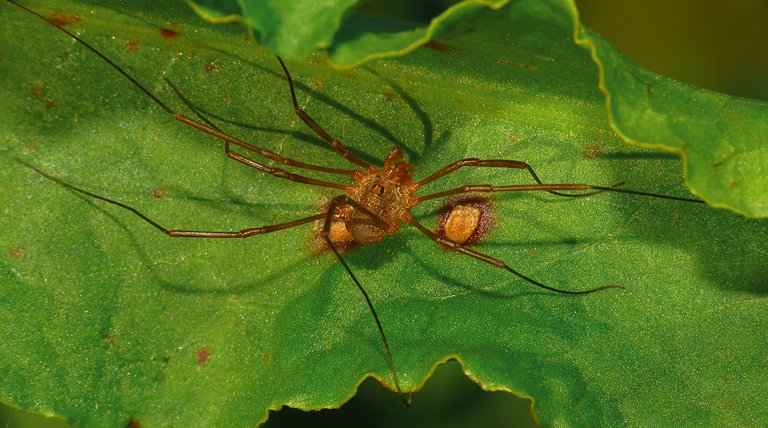
This is another scene from the same Rumex crispus. A Phalangium opilio harvestman was resting on one of the leaves situated low on the almost two-meter-tall plant.
Most of the hour or hour and a half I was in Palera that evening was spent around the plant shown in the above photograph. Its scientific name is Raphanus raphanistrum. The flowers of this specific Raphanus raphanistrum plant ...
... are white as milk or snow, but they can quite often be pale yellow or greenish. In the following photograph ...
... you can see a longhorn bee (Eucera longicornis) resting on the yellow flower of another plant of the same kind. The bee was hanging upside-down, but the composition looked much better with the insect at the top, so I rotated the image before uploading it.
These solitary bees often spend the night sleeping on various flowers.
This tiny beetle was photographed on another flower of the same plant. The scientific name of the species is Bruchus rufimanus. It belongs to the Bruchidae family. Adults, like the one shown in the above picture, feed on pollen, while the larvae live and feed inside the seeds of various wild and cultivated plants from the Fabaceae family.
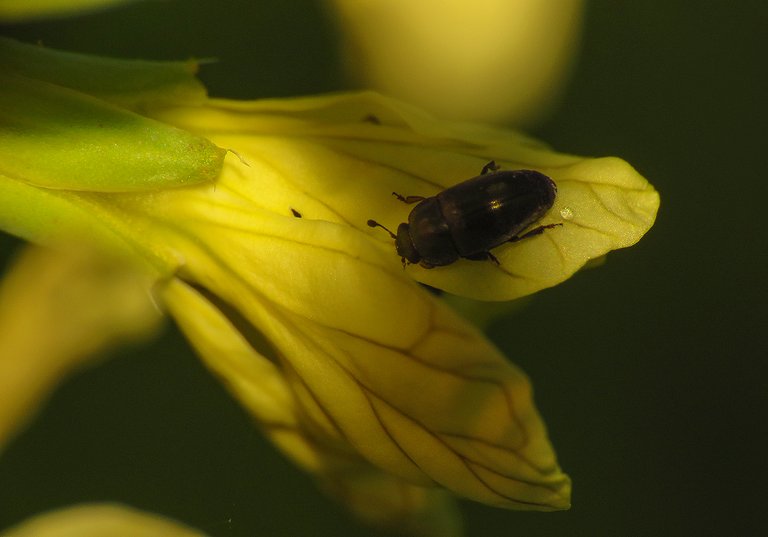
This beetle from the Nitidulidae family, more or less the same size as the Bruchus rufimanus, was resting on the petals of a nearby flower. The name of the species is Brassicogethes aeneus. Just like the Bruchus rufimanus, shown in the previous photograph, this is a pollen eater.
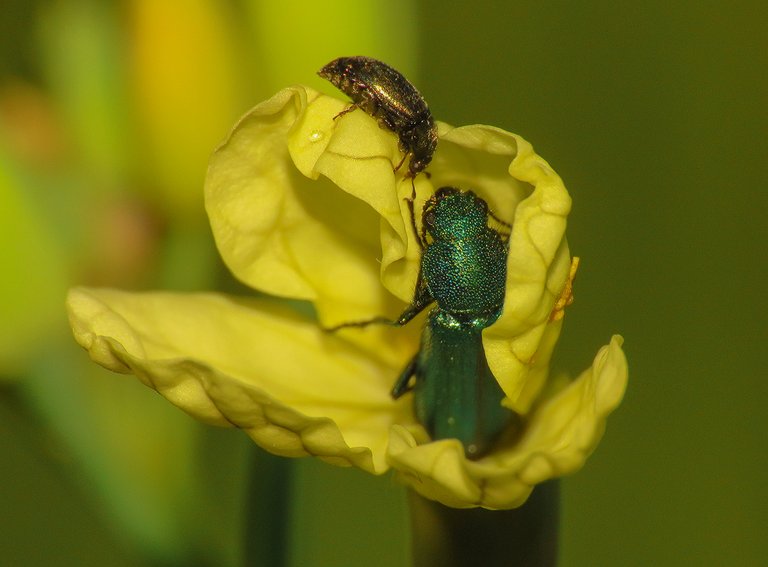
Besides providing the food in the form of pollen and nectar, these flowers often serve as little hanging houses in which small insects spend their nights.
You can see two beetles in the above photograph. The bigger, iridescent one is the Psilothrix viridicoerulea, a pollen-eating species from the Melyridae family.
The much smaller Brassicogethes aeneus is trying to enter the flower already occupied by the sleepy Psilothrix viridicoerulea. In the following photograph ...
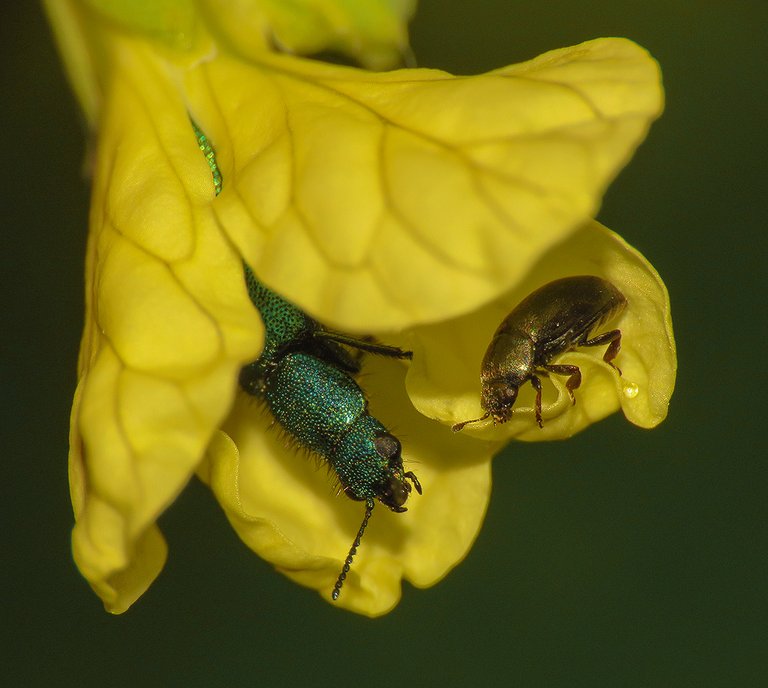
... the Brassicogethes aeneus has found a place in the petal folding. It seems that the two beetles will spend the night in the same flower.
The beetle shown resting between the flowerbuds in this photograph is even smaller than the Brassicogethes aeneus. It's a weevil, a species from the Curculionidae family. Its scientific name is Ceutorhynchus pallidactylus.
The larvae of this beetle, commonly known as the cabbage stem weevil, feed and develop inside the stems of various wild and cultivated plants from the Brassicaceae family. Since Raphanus raphanistrum, commonly known as the wild radish, belongs to that family, it's no wonder I found this tiny beetle there.
Its insect anatomy was visible only through the macro lens. Seen with the naked eye, it was just a tiny black dot, barely visible in the low light at dusk.
Near the beetle, you can see two even smaller aphids.
In this photograph, taken on the same plant, you can see two Carpocoris purpureipennis mating on a cluster of flowerbuds. When compared to the Ceutorhynchus pallidactylus, these bugs from the Pentatomidae family look like shield-shaped giants.
These interestingly shaped and beautifully colored plant parts belong to the Geranium dissectum. They are the fruits of the plant. Always on Geranium dissectum ...
... I saw two Peribalus strictus bugs mating. Just like the Carpocoris purpureipennis shown a bit earlier in the post, this is a species from the rich and varied Pentatomidae family. In the following photograph ...
... you can see a Peribalus strictus resting on the Medicago polymorpha, a species of clover. The shot shows the lower part of the shield bug's body that can't be seen in the previous photograph.
These are the Silene gallica flowers. The photograph was taken through the macro lens.
Here you can see the entire plant, and a bit of the scenery too.
Silene gallica is commonly known as the windmill pink. It's a cool name that addresses the fairly unusual petals, slightly twisted at an angle that makes the fully developed flowers look like tiny propellers.
These two macro shots show the same flowers from different angles.
This is the last photograph of the post. A click beetle is resting on the leaf of the grass. The scientific name of this species from the Elateridae family is Agriotes sputator.
AND THAT'S IT - THE END. AS ALWAYS ON HIVE, THE PHOTOGRAPHS ARE MY WORK.
The following links will take you to the sites with more information about the protagonists of today's post. I found some stuff about them there.
https://en.wikipedia.org/wiki/Vicia_sativa
https://en.wikipedia.org/wiki/Vicia_lutea
https://en.wikipedia.org/wiki/Rumex_crispus
https://en.wikipedia.org/wiki/Cnephasia_incertana
https://en.wikipedia.org/wiki/Phalangium_opilio
https://en.wikipedia.org/wiki/Raphanus_raphanistrumhttps://en.wikipedia.org/wiki/Eucera_longicornis
https://www.naturespot.org/species/bruchus-rufimanus
https://en.wikipedia.org/wiki/Brassicogethes_aeneus
https://en.wikipedia.org/wiki/Psilothrix_viridicoerulea
https://www.naturespot.org/species/cabbage-stem-weevil
https://en.wikipedia.org/wiki/Carpocoris_purpureipennis
https://en.wikipedia.org/wiki/Geranium_dissectum
https://en.wikipedia.org/wiki/Peribalus_strictus
https://gobotany.nativeplanttrust.org/species/silene/gallica/
https://en.wikipedia.org/wiki/Agriotes_sputator
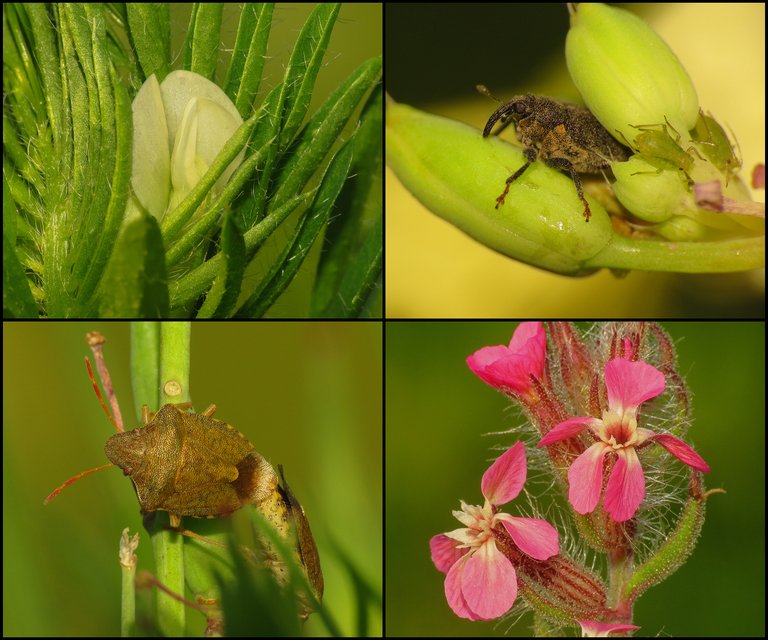

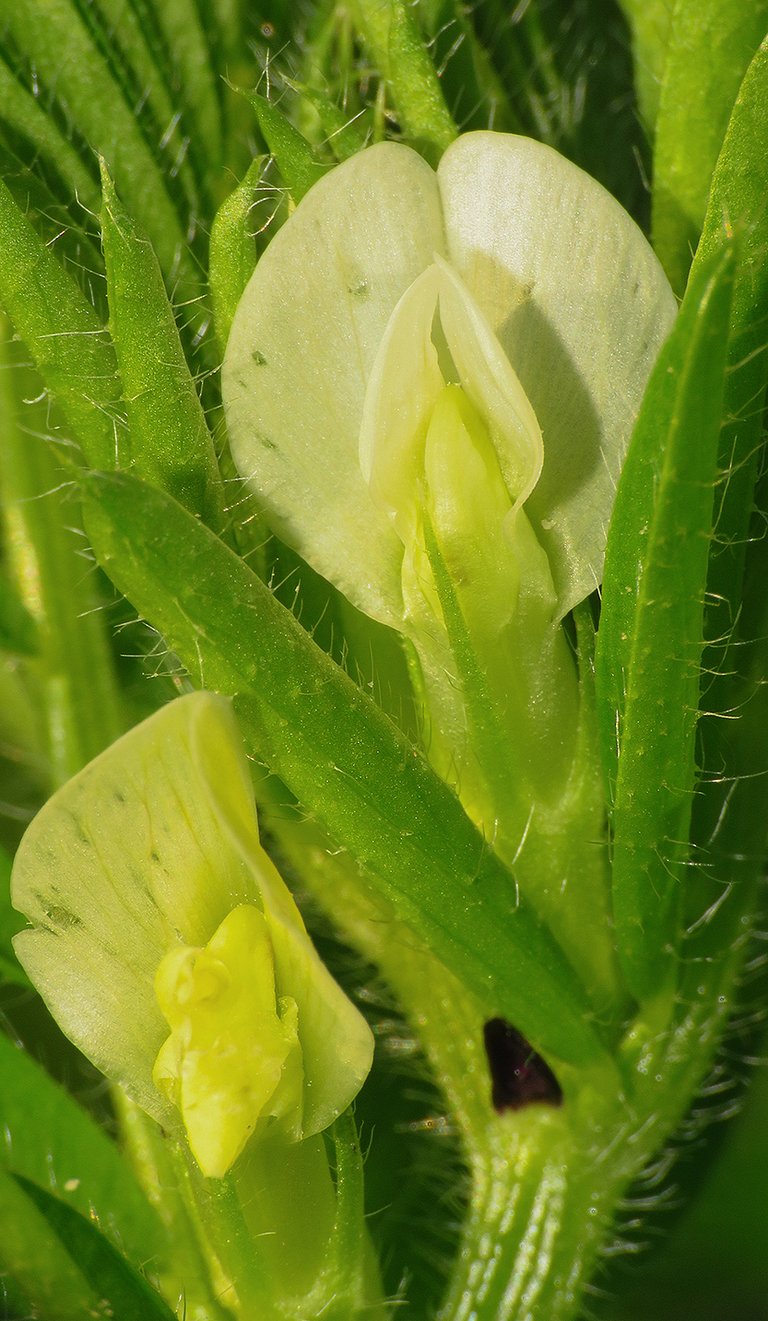
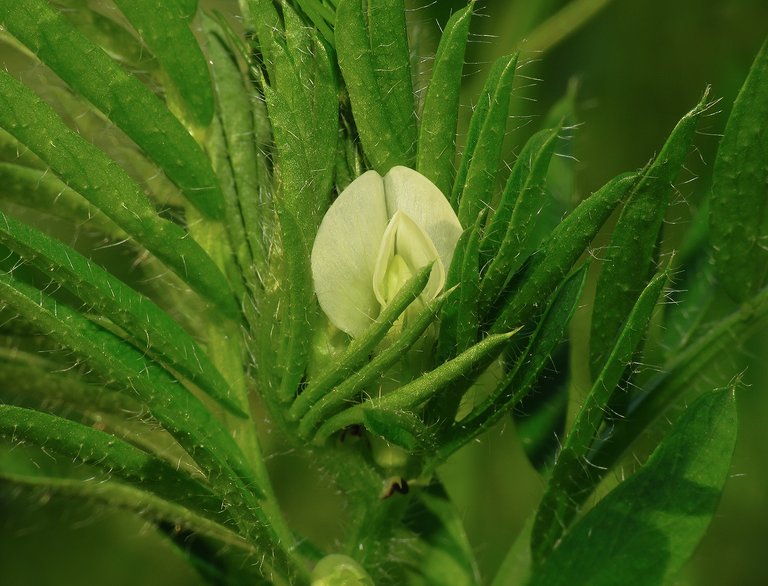
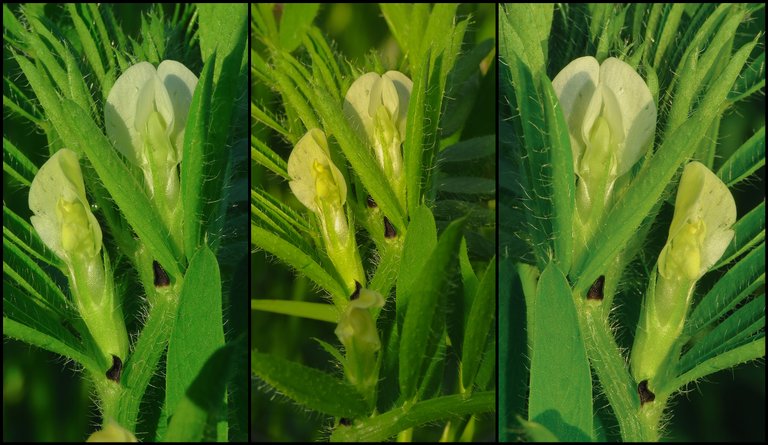
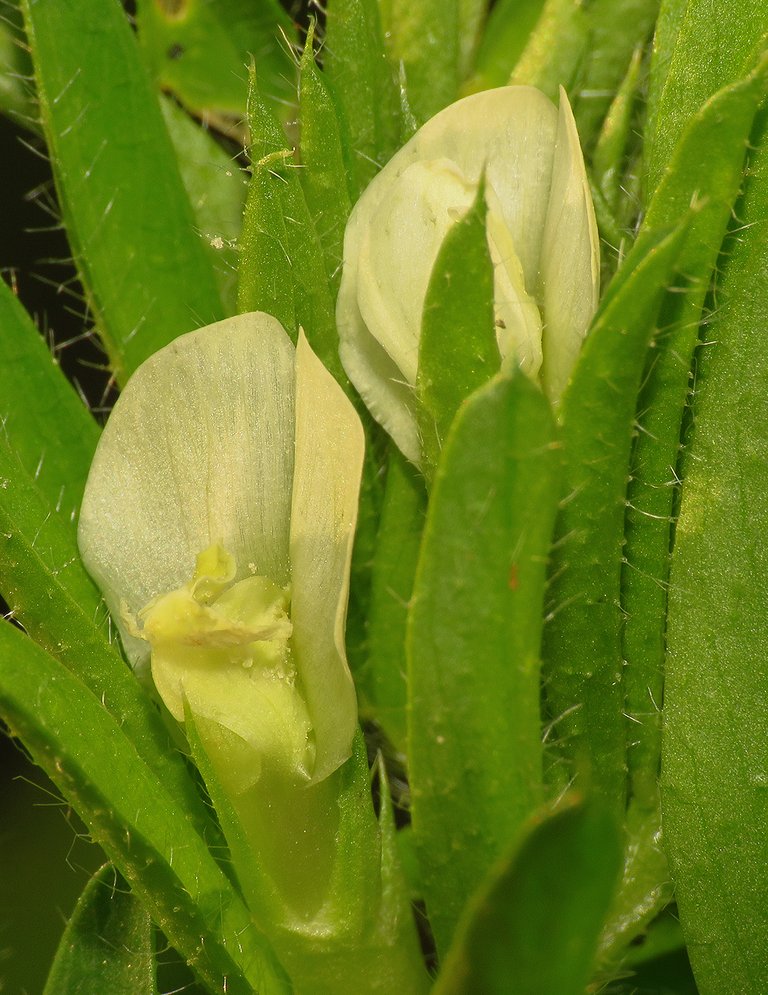
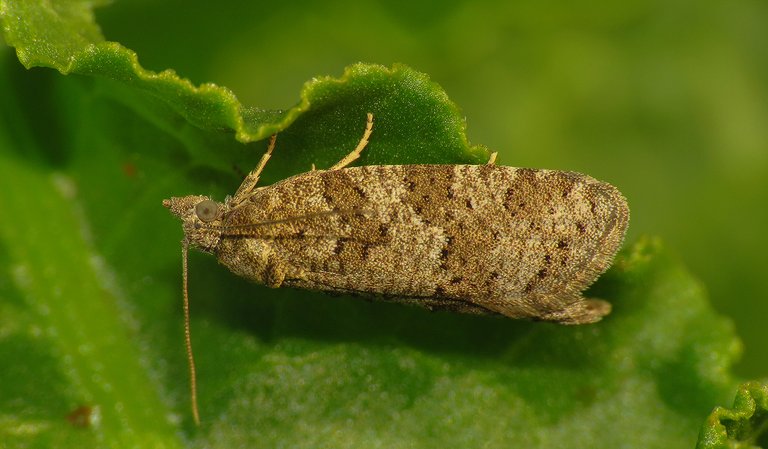
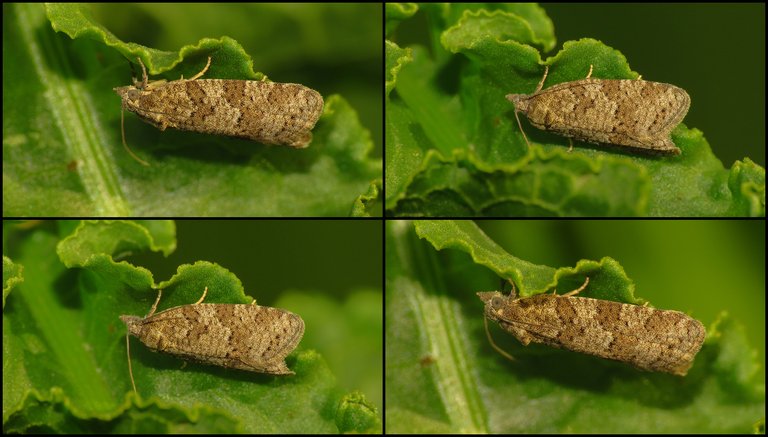
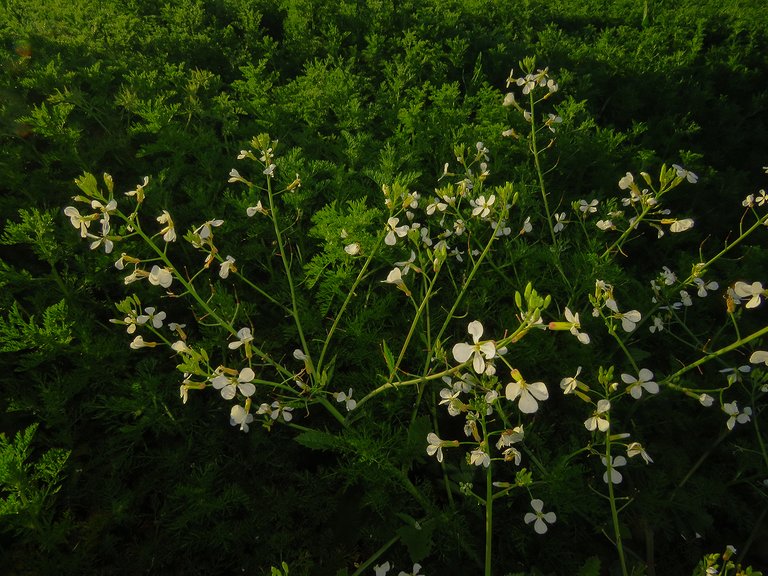
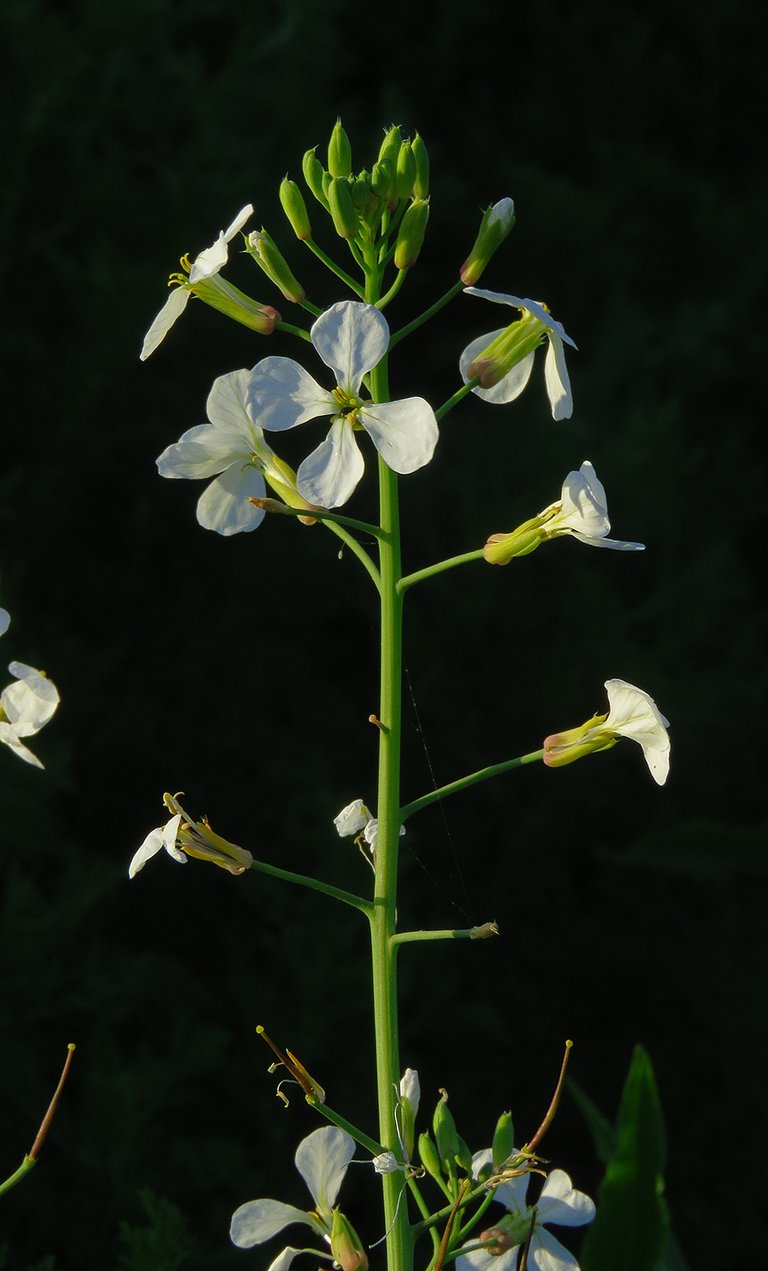

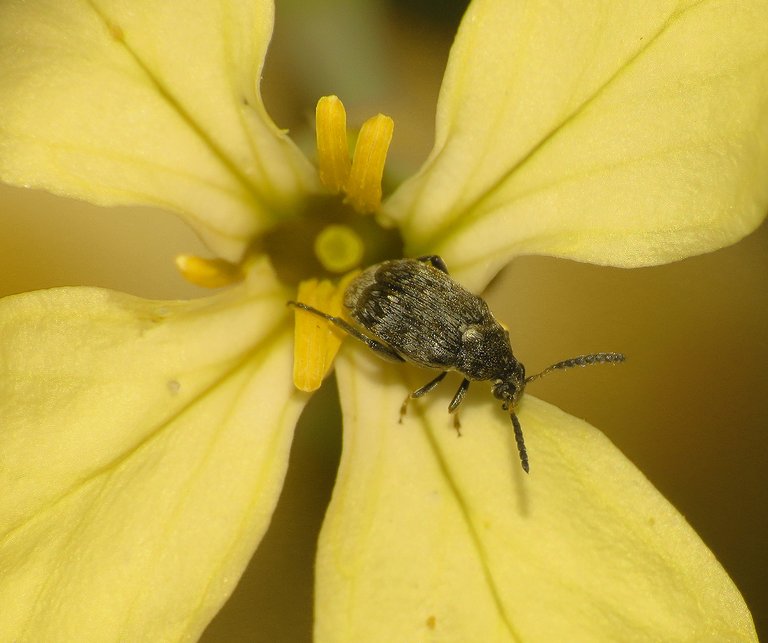
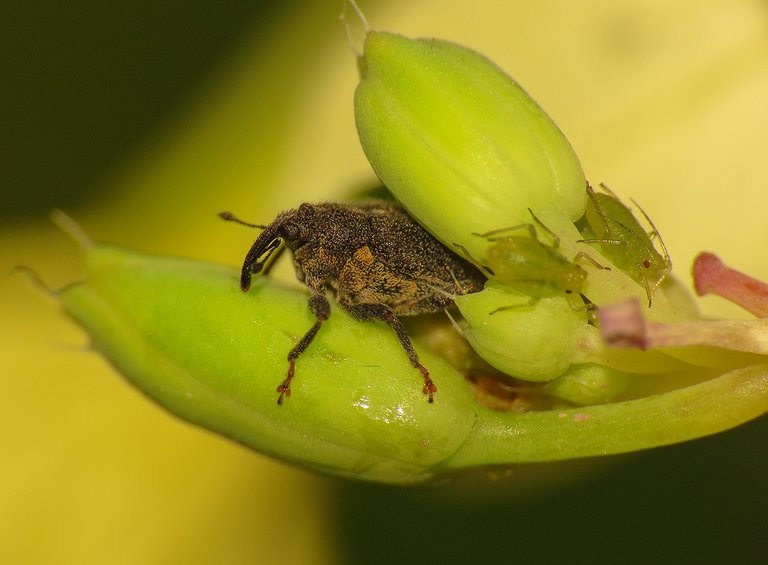
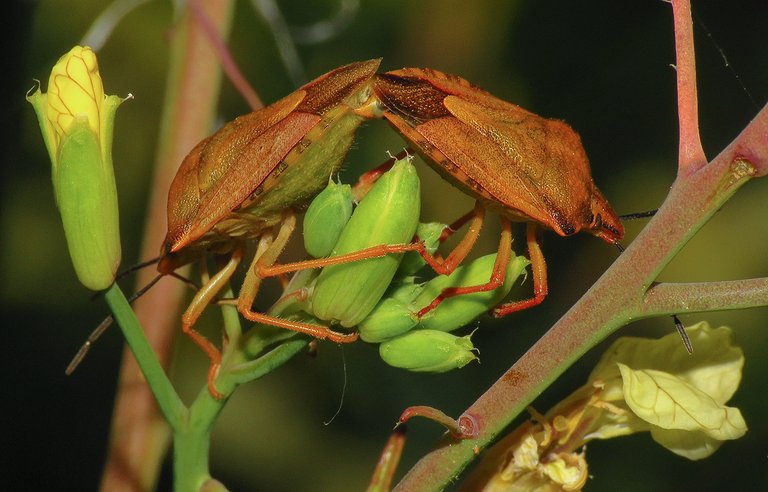
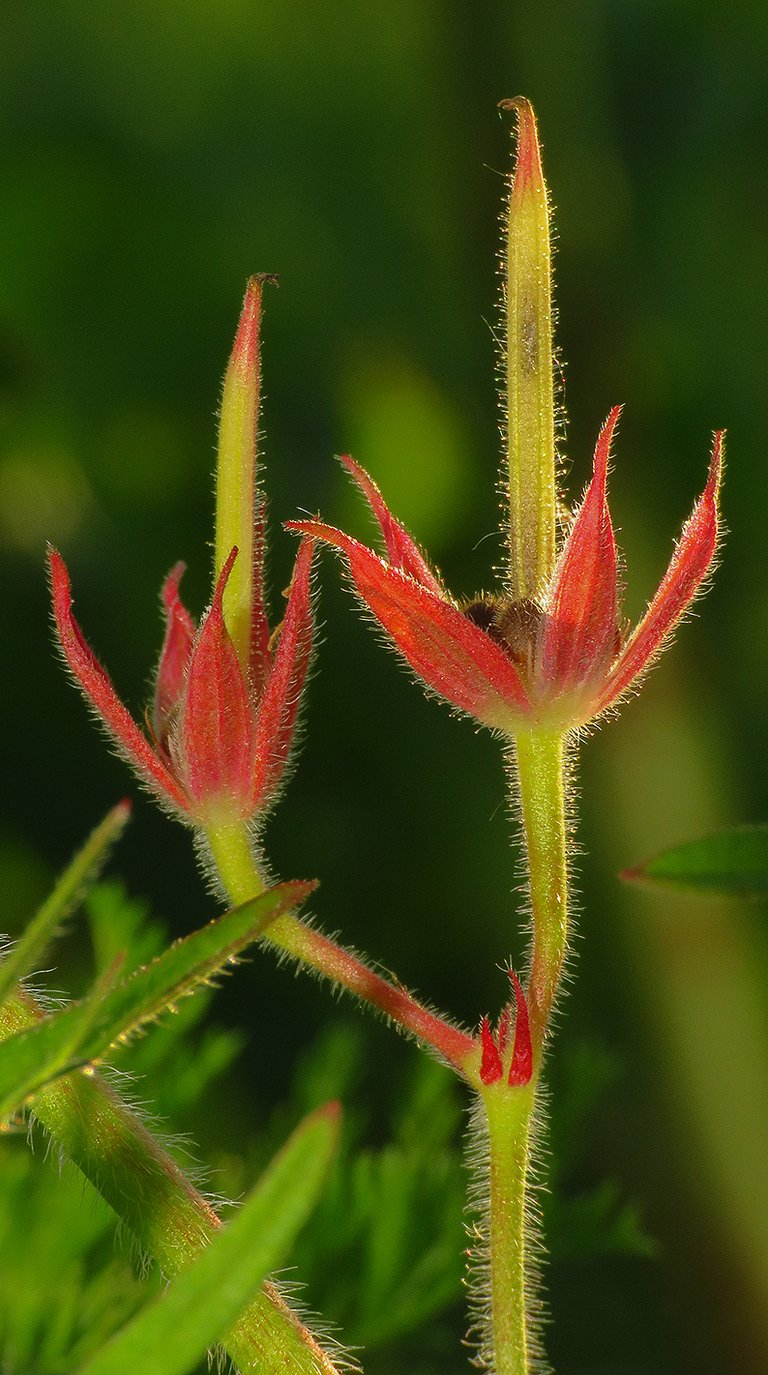
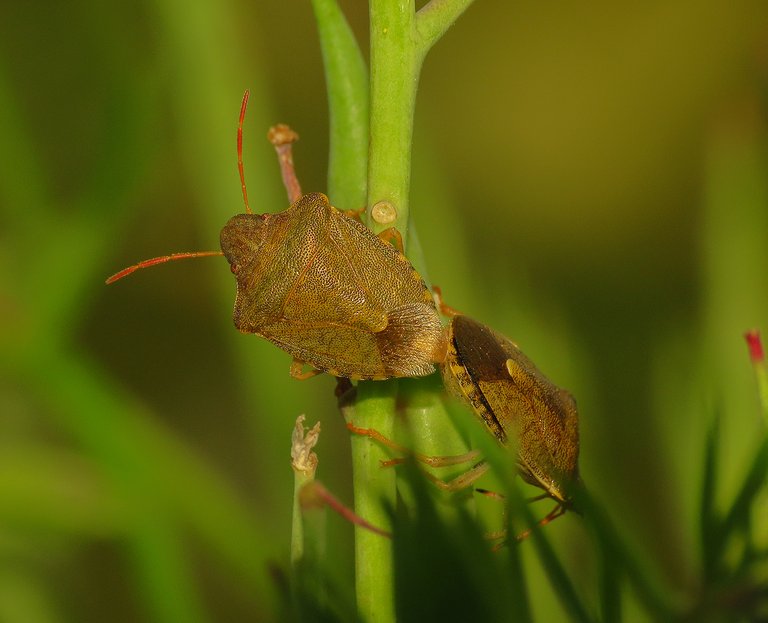
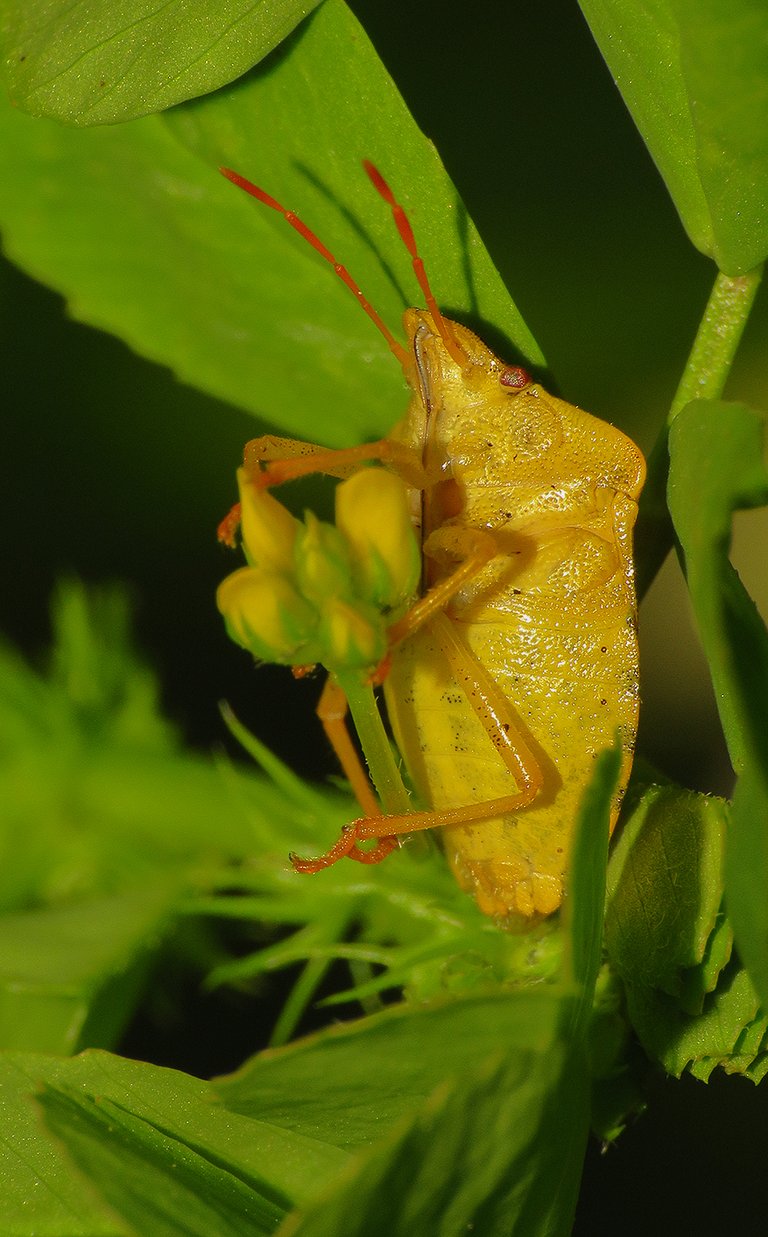
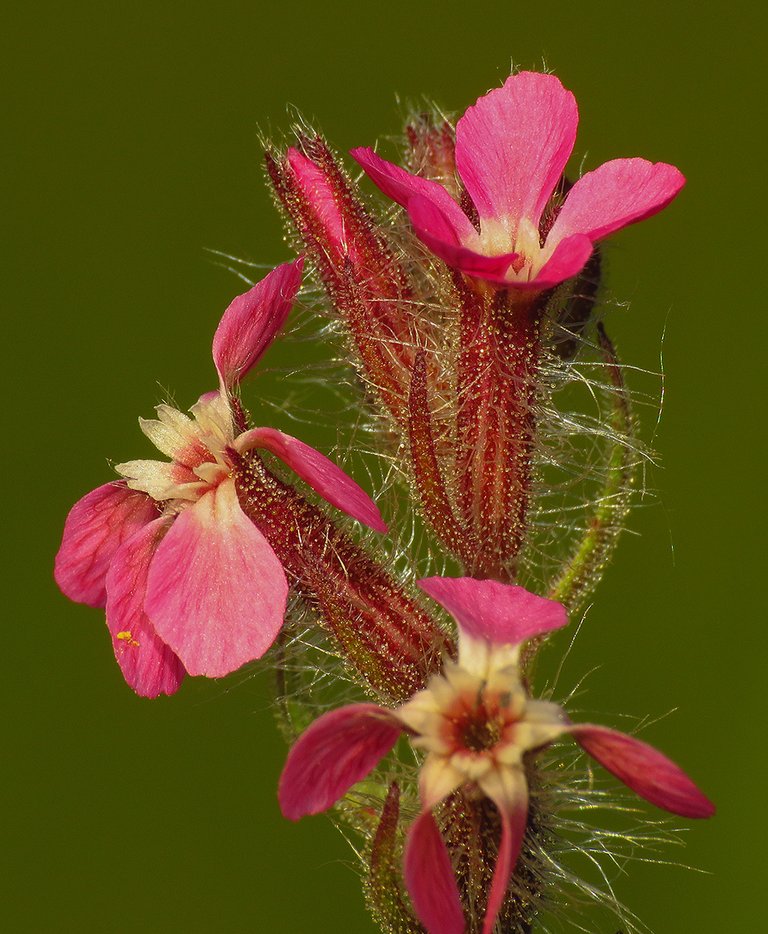


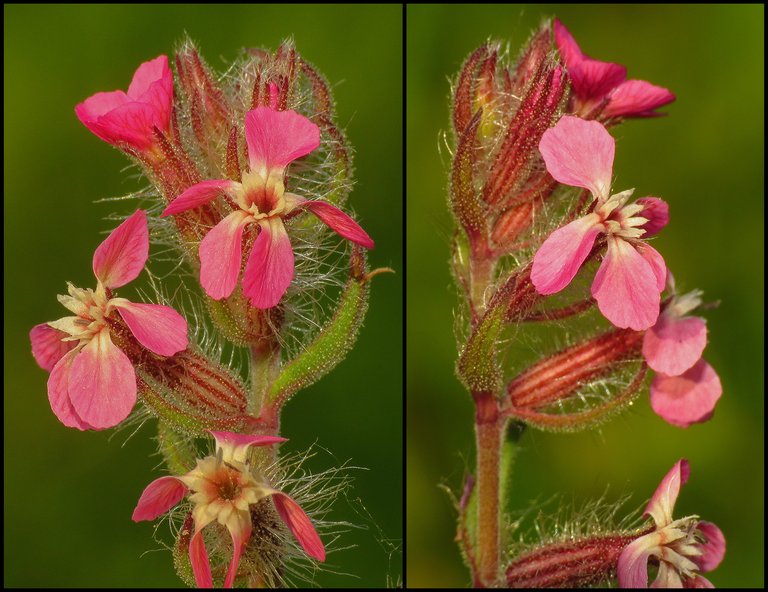

I can say that this is a peaceful and beautiful walk. I love how you capture the tiny details of nature: those flowers and insects are amazing. It is such great photos and lovely storytelling pieces. Have a nice day!
You always share beautiful photographs of flowers and insects in your posts, which are so beautiful and sometimes seem completely new to me.
It's great to see new species for the first time. I also see interesting insects on Hive in photographs taken by people from different parts of the world.
Do you have any idea why bugs like to perch on flowers?
Do they get any nutrients from them?
Yes, many insects feed on nectar produced by the flowers as a reward to attract the insects, which help spread the pollen from plant to plant, allowing the reproduction. Some insects don't care about the precious nectar and feed on pollen, and some others like to eat both the pollen and the nectar.
Life cycles of many plants and bugs are tightly connected; they depend on each other.
These images you bring to our screen are really a daily dose of healing. They are so therapeutic. You needed to see the way I rushed to your blog when I remembered I’ve not had these healing doses for some time. Now I’ve see all the magic you brought so far, I am smiling and feeling better. The pictures are 💯 as usual. Thanks a lot 🙏
Thank you. 🙂 This is a big compliment. Glad you enjoy these photo-stories about nature in my area.
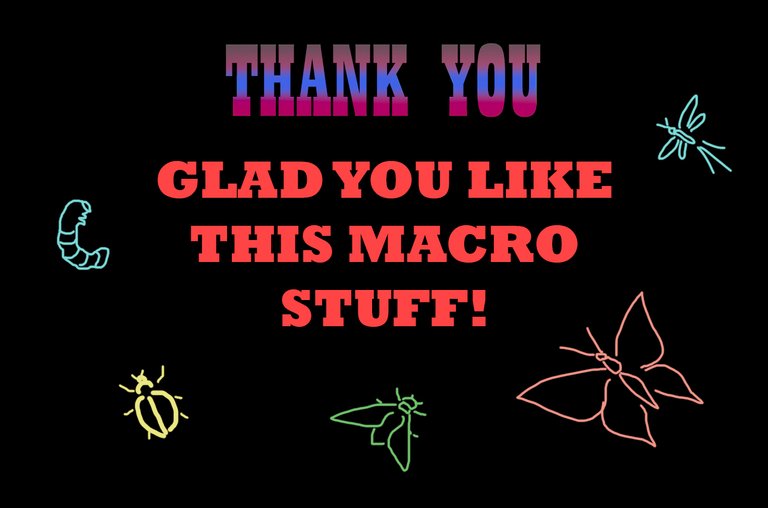
It's exactly like that. I went to the nursery today to visit. There, too, there were all kinds of beautiful insects. There are also butterflies there, so it makes me feel very happy to see them.
#hive #posh
So beautiful Vicia sativa flower. I have never seen such kind of flowers before. Nice photo
The sight of your pictures are so beautiful
Do you edit the photos after taking them?
Sometimes. When necessary. Not always. Only small correction, anyway.
I really enjoyed seeing the pictures of different types of natural objects and each one was very beautiful. I look forward to seeing more beautiful pictures.
Beautiful flowers and interesting insects, really great photography
Thank you. 🙂 Glad you like the post.
You're welcome my brother. Of course I like it, because your photos are very high quality.
You received an upvote ecency
The pictures are all amazing. Thanks for sharing.
🙂
Wonderful photography as always, you are really good photographer 📸
🙂
Nice photos. You have many kinds of insects in your area which means that the ecological systems are still in good shape.
Here, farmers used to much chemical pesticides! We used to have lots of dragonflies and fireflies a few years ago! Now they were gone!
Yes, intense agriculture can produce plenty of food for people, but at a high cost for other inhabitants of the planet. Here is still OK, but nature used to be much richer, interesting, and colorful in the period from my childhood until ten or fifteen years ago.
I had some organic mangoes from my garden last week. The taste was so good and refreshing. Those mangoes I bought in the market looked much bigger and more beautiful on the skin, but they tasted very different. I think it will be very difficult for me to buy mangoes from markets now.
Good morning, dear friend @borjan
What a great relaxation technique! I love macrotherapy.
This place is beautiful, full of life. I love the Silene gallica flowers, and the long-horned bee among the insects.
Beautiful shots! I appreciate you sharing them with us.
Have a beautiful day.
Thank you. 🙂 Glad you like the post.
Yes, the bee and the flowers are pretty cute.
What a beautiful place you have there to visit and take gorgeous photographs of the beautiful plants and wildlife.
Beautiful photographs, Mr. @borjan
Thank you. 🙂 Glad you like the post.

Another superb post full of wonderful macro photographs! 😍📷 Thanks for sharing this @borjan friend!
!PIZZA
!discovery 30
Thank you. 🙂 Always glad to share this macro stuff.
This post was shared and voted inside the discord by the curators team of discovery-it
Join our Community and follow our Curation Trail
Discovery-it is also a Witness, vote for us here
Delegate to us for passive income. Check our 80% fee-back Program
$PIZZA slices delivered:
@jlinaresp(3/15) tipped @borjan
Come get MOONed!
Thanks for sharing this amazing macro-photography stuff @borjan friend!!!
Those Silene flowers really are pretty, you got some excellent shots in there today. As always a huge array of insects, and lots pretty flowers and plants. Very interesting that the beetles hide in the flowers overnight, probably for safety. That close up shot of the aphids was pretty impressive, those things are so tiny!
Great job getting all of those macro photos, it looks like you had a nice mellow evening!
Yes. 🙂 It was a nice evening with fresh air and the sounds and scents of spring. Flowers are great hiding places for insects that are small enough to enter.
Awesome photos with high range of details.
Taking photos have become part of you to the extent it is a medication to you.
I love that photo of a mother the most. Such an adorable creature😊
🙂
